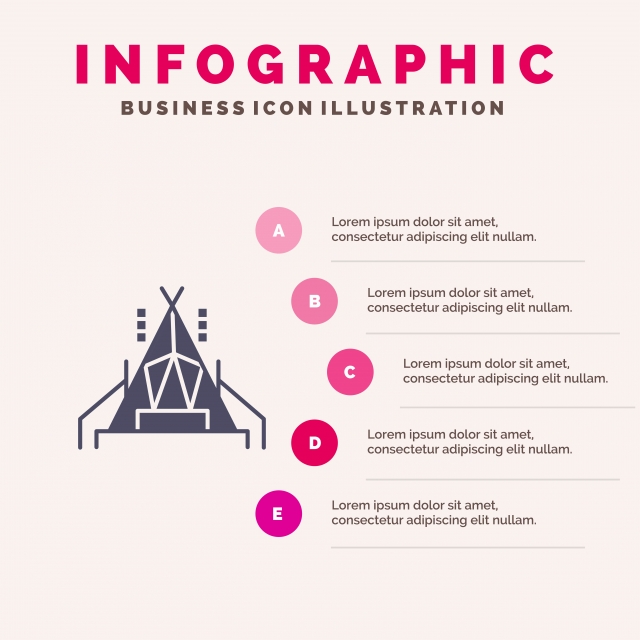As lasting style ends up being progressively prominent, natural building materials are regaining prestige. All-natural insulation choices like down, cork and Havelock wool offer a vast selection of advantages, including excellent warmth-to-weight proportions, water resistance and compressibility.
However, their sustainability depends upon the source of resources and how they are refined. Some synthetic elements lost microplastics during building and construction and are difficult to reuse, adding to garbage dump waste and contamination.
Price
When it concerns shielding clothing and sleeping bags, rate is frequently a leading factor to consider. While natural products assure lower discharges and biodegradability, artificial insulation uses unrivaled longevity and performance for less.
Created to mimic the protecting buildings of down, synthetic insulation is comprised of high-loft collections of polyester. Usual brands include Thinsulate, PrimaLoft and Climashield. These are likewise breathable and can be pressed to dimension for smaller packs. However, they don't do too in damp conditions.
A family member newbie to the eco-insulation market, Icynene spray foam is an effective air sealant that expands 100x its original quantity in wall surface and roofing cavities. It can be splashed on walls, floors and attics and is excellent for retrofits. It's made primarily from recycled paper products and treated with fire resistants.
Longevity
The resilience of insulation products can have a large impact on the overall sustainability of a structure. It can influence life cycle emissions, energy usage and maintenance demands. All-natural products can stand up to climate wear and environmental pressures and typically need less upkeep than artificial choices.
For instance, ThermaCork broadened cork and Havelock woollen are durable, sustainable insulation options that use a variety of advantages. They additionally supply an even more lasting structure choice to typical fiberglass and foam insulation. They can supply remarkable fire resistance, acoustic efficiency and add to far better interior air top quality.
Artificial insulation is normally constructed from polyester, which can be either raw or recycled. It's crafted to simulate down's soaring tendril structure, trapping warm air for insulation. However, it doesn't press along with down and can shed its protecting power when wet. Over the last few years, however, researchers have been able to create artificial insulation that a lot more carefully matches the warmth-to-weight ratio of down while maintaining its shielding homes in wet conditions.
Recyclability
The shielding products utilized in building construction have substantial influence on the atmosphere. This is due to both their production stage (utilizing non-renewable basic materials and fossil energy intake) and their disposal stage. They also add to environment modification and cause wellness problems in people that are subjected to them.
Natural insulation alternatives like ThermaCork increased cork and Havelock wool can be recycled, along with sourced locally to lower transportation-related carbon discharges. They also have reduced symbolized carbon and some are even carbon-negative. Additionally, they might be accredited by Cradle to Cradle or GREENGUARD for sustainable techniques and lower levels of sent out toxic substances.
Another environment-friendly choice is timber fiber insulation. This cellulose insulation is made from recycled paper, cardboard, and other waste products. It can be treated with borate to keep fire resistance and waterproof paraffin wax to avoid dampness seepage. It has cotton canvas an R-value of 3.6 to 4.2 per inch and does in a similar way to artificial foam boards.
Sustainability
As even more home builders are trying to find green insulation alternatives, it is necessary to recognize the true ecological impact of these materials. This includes their personified carbon, poisoning and breathability, along with exactly how they execute in various environments.
Natural insulation like cork, hemp and wool offer a range of gain from eco-friendly resources. They likewise decompose normally at the end of their life, which minimizes garbage dump waste and contamination. They frequently also have reduced personified carbon than artificial options and produce less unpredictable natural compounds during use, which enhances indoor air top quality.
To locate an environment-friendly insulation, search for third-party certifications such as Cradle to Cradle or GREENGUARD Gold. These indicate that the insulation has actually been checked according to extensive environmental and wellness requirements. Furthermore, look for items that are made from recycled or upcycled materials to minimize personified energy. This can help reduce the ecological footprint of your project by sustaining regional economies and lowering transportation-related discharges.
